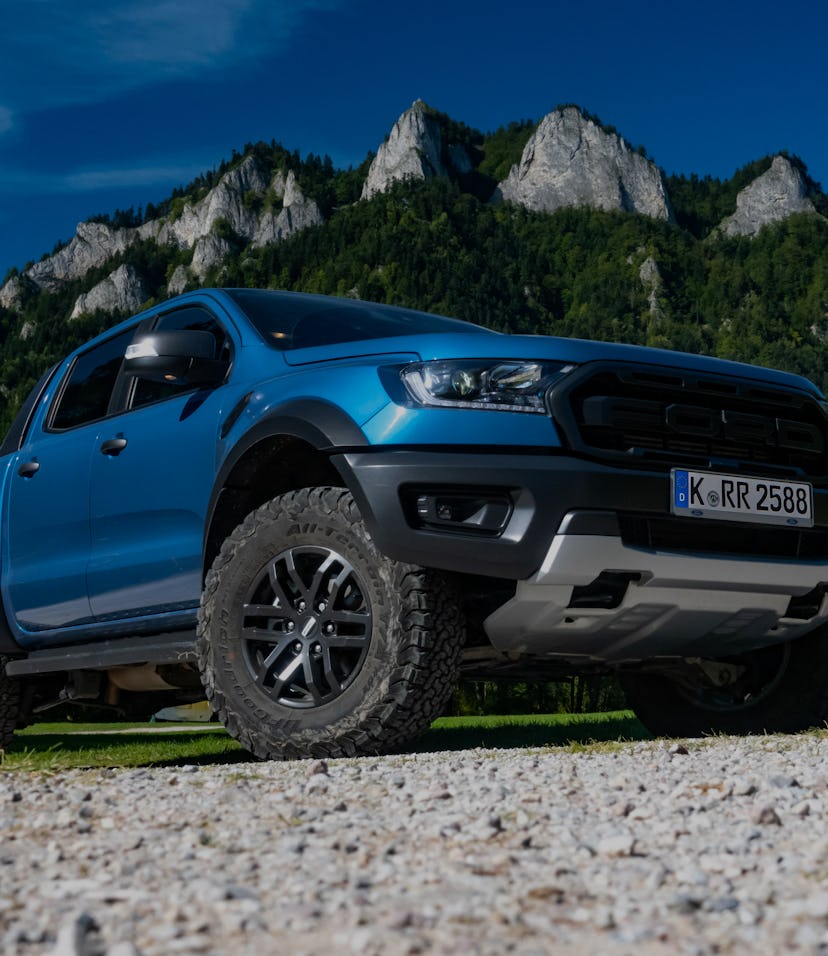Tech
Ford unveils its own hands-free driving assist system, BlueCruise
Not to be confused with GM's Super Cruise driver-assist system.

After its North American head of communications called out Tesla’s much-hyped Full Self-Driving mode as “vaporware,” Ford Motor Company is apparently ready to put its money where its mouth is, and step up its presence within the burgeoning drive assist market. Earlier today, the company announced BlueCruise (formerly known as Active Drive Assist) for its F-150 and Mustang Mach-E models, with an eye to making the over-the-air software update available during Q3 2021.
While the service will initially only be available for F-150 and Mustang Mach-E vehicles equipped with the proper pre-installed hardware, BlueCruise is set to expand to Ford’s other car and truck lines in the coming years. According to the press release, Ford is expecting to sell over 100,000 new vehicles with BlueCruise pre-installed in the first year of its release.
Limited qualifying roads (for now) — Upon rollout, the hands-free BlueCruise feature will only be available for use on about 110,000 miles of “pre-mapped divided lane highways,” according to Ars Technica. Last year, Ford reportedly deployed five F-150 trucks and five Mustang Mach-E SUVs (but no Broncos, unfortunately) on a lengthy road trip across 37 U.S. states and five Canadian provinces to test BlueCruise “against a wide range of road, weather, and traffic conditions.” The approved roadways come after “500,000 miles of development testing and fine-tuning the technology on a journey across the United States and Canada,” and are expected to expand in the coming years.
Don’t expect to fully kick back and relax — BlueCruise’s drive assistance doesn’t allow you to wash your hands of your daily commute (we’re a long way off from that, anyway). While the new technology will certainly make highway driving less taxing, drivers are still expected to pay attention to their surroundings at all times. To ensure this, BlueCruise will employ “eye-tracking infrared cameras” that will only keep the system working as long as drivers keep their sights on the road ahead of them. Vehicles’ main instrument displays will also clearly change to let drivers know whenever BlueCruise is actively in use.
Far from full-proof technology — Drivers anxious to get their hands on the, err, hands-free updates might want to think twice before handing the reins over to the AI completely, anyway. There have been enough self-driving crashes in Britain to prompt legislation on the matter, and you might even find yourself smacking into a cop car if you aren’t careful. Think that’s unlikely? It’s happened more than once.